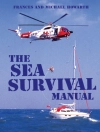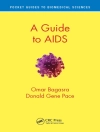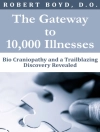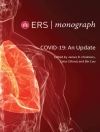Prior to the evolution of modern medicine, with its superabundance of diagnostic and therapeutic medical technology and the rise of the litigious society, the value of clinical skills was evident in both history taking and the physical examination. Even today, physicians can make a correct di- nosis solely by utilizing their clinical skills in about 90% of patient enco- ters. Furthermore, in the past physicians understood their role as a “psychologist” and were more apt to be familiar with the social context of their patients. House calls were common. The doctor was also a “placebo” who, at his best, inspired hope and probably sped recovery. Geriatricians use both clinical skills and take advantage of modern technology sparingly, for they know they are dealing with the most ch- lenging and frail of patients—older patients who so often present with multiple, complex, interacting behavioral, social, and physical problems. In contrast to medicine for young people, working with the older patient is much more demanding. Furthermore, the complex issue of societal at- tudes toward old people can come into play, speci? cally the physician’s need to deal with natural fears of aging, dependency, depression, dementia, and death. Ageism is the enemy of effective medical treatment. At its best, geriatrics exempli? es ways that medical care for all ages can become more humane, problem-oriented, and holistic.
قائمة المحتويات
Approach to the Older Adult Patient.- The Comprehensive Geriatric Assessment.- Geriatric Pharmacology and Drug Prescribing for Older Adults.- Sites of Care for Older Adults.- Medicare and Medicaid.- Psychosocial Influences on Health in Later Life.- Medicolegal Aspects of the Care of Older Adults.- Prevention and Chemoprophylaxis in the Elderly.- Vision and Hearing Impairments.- Exercise and Rehabilitation.- Nutrition.- The Older Surgical Patient.- Depression, Dementia, and Delirium.- Insomnia and Other Sleep Disorders.- Transient Ischemic Attack and Stroke.- Parkinson’s Disease and Related Disorders.- Dizziness and Syncope.- Osteoarthritis.- Osteoporosis.- Instability and Falls.- Hip Fractures.- Hypertension.- Cardiovascular and Peripheral Arterial Diseases.- Diabetes Mellitus.- Thyroid Disorders.- Anemia in the Elderly.- Benign Prostatic Hyperplasia.- Erectile Dysfunction.- Urinary Incontinence.- Pressure Ulcers.- Overview of Palliative Care and Non-Pain Symptom Management.- Principles of Pain Management.












